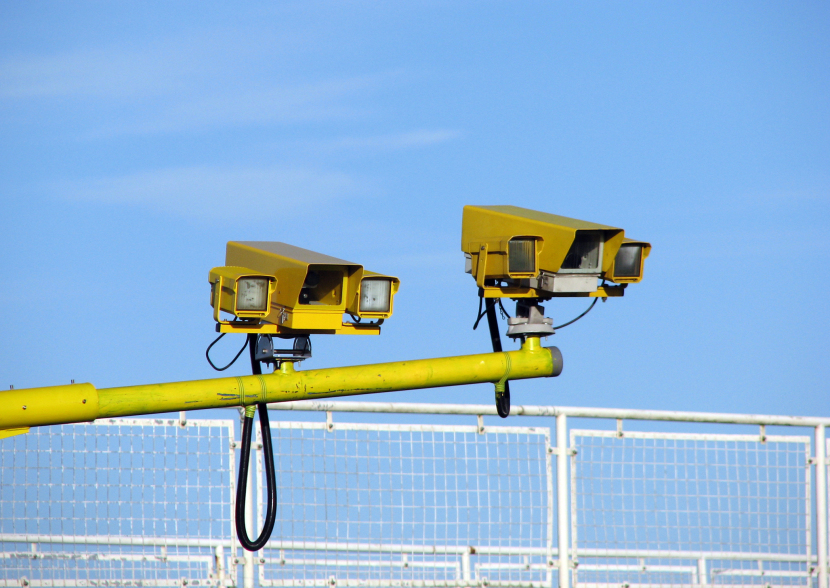Using Cell Phone and Text Message Evidence to Your Advantage
The near ubiquitous use of smartphones in the digital age has introduced a wealth of new evidence into many types of criminal cases. Law enforcement routinely subpoenas cell phone records to obtain call records that might substantiate contact between a suspect and a victim or co-conspirator, obtain text messages which can be used as admissions or provide helpful context to the events surrounding a crime, and use cell phone tower information to pinpoint a suspect’s location at critical times.
However, law enforcement does not have a monopoly over this type of evidence. Cell phone, text, and SMS records can be used by the defense to challenge an accuser’s credibility, establish that an accuser was not in fear of the accused, or corroborate an accused’s alibi. This evidence is especially useful, and most likely to be present, in domestic violence cases.
If you are facing an accusation of domestic violence, it is critical that you preserve and share cell phone and text message evidence with your lawyer. A witness’s cell phone records may be admitted by subpoening the records from the relevant carrier and obtaining a declaration from the carrier that satifies the business records exception to the hearsay requirement. Alternatively, if you testify, you may introduce your own phone records and identify particular calls from your accuser’s phone number. The former course is usually preferable because it does not commit you to testifying and avoids introducing additional information from your phone records which may be an invasion of your privacy or unhelpful to your defense.
The cell phone records you obtain via subpoena will include records of text messages sent and received but not the content of the text messages, which is protected from subpoena by the Stored Communications Act (18 U.S.C. 2703). The content of a text message may be admitted by taking a screen shot (photo) of the text with identifying information linking it to the texter, and either obtaining an admission from the texter that they sent the text (preferably by showing the text to the witness at a pretrial interview) and using that admission during cross-examination to get the text admitted, or by authenticating the screen shot of the text through the accused’s own testimony. Cell phone records can be used in conjuction with the admission of the photo to authenticate that the text was sent from the accuser and on the date and time alleged.
Washington courts have yet to weigh in on whether the Rules of Evidence should require unique authentication requirements before text messages can be admitted into evidence. Until they do, the standard authentication requirements of Evidence Rule 901 should apply (see State v. Thompson, 77 N.W. 2nd 616 (N.D. 2010)), and text messages should be admitted with nothing more than the testimony of a witness authenticating that the screen shots are true representations of the texts received. Such testimony satisifies the requirement of a prima facie showing of authenticity, and any claim that the text has been tampered with, forged, or faked goes to the weight of the evidence, not its admissibility.

